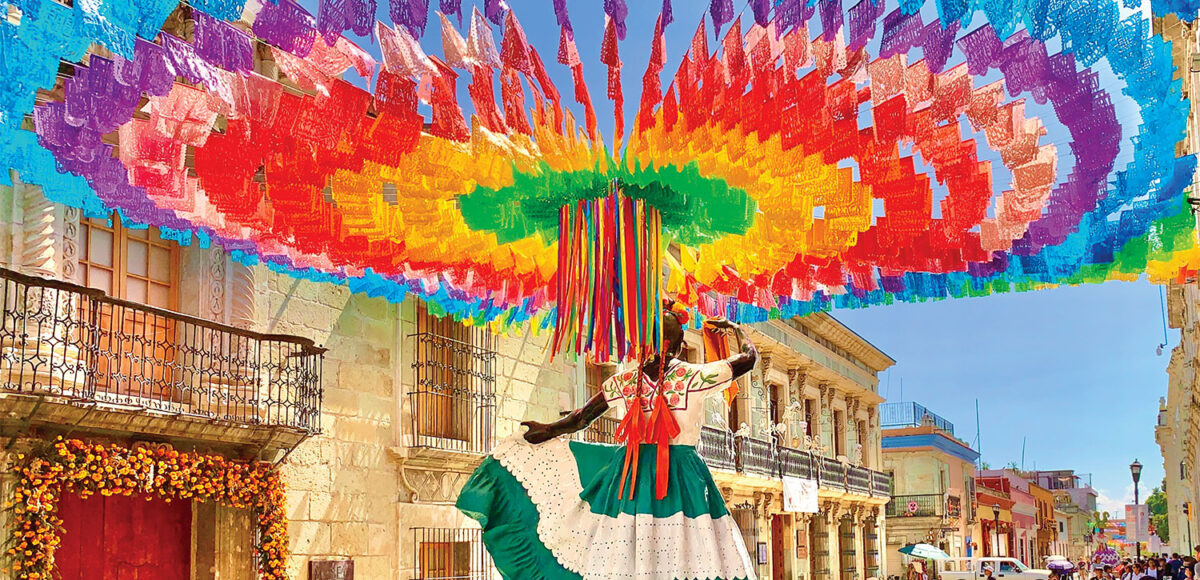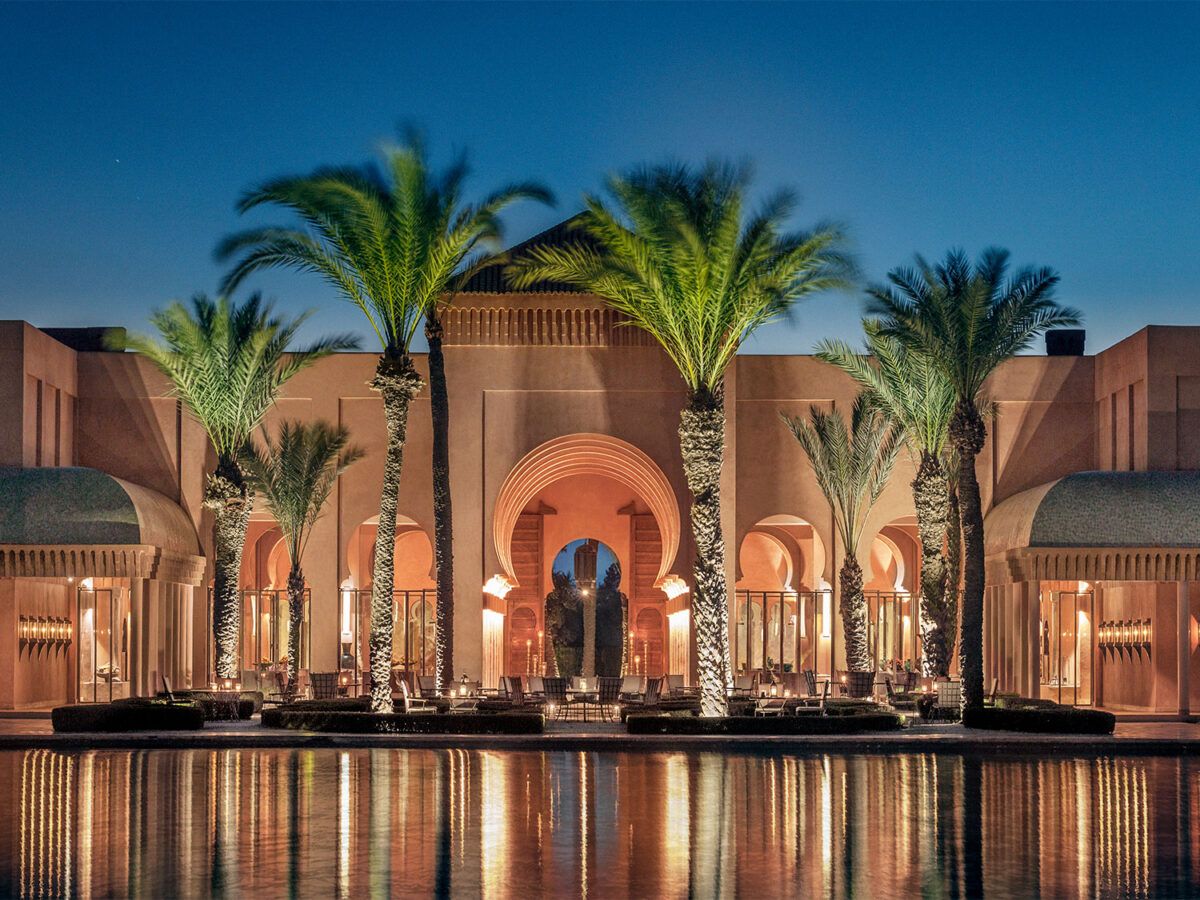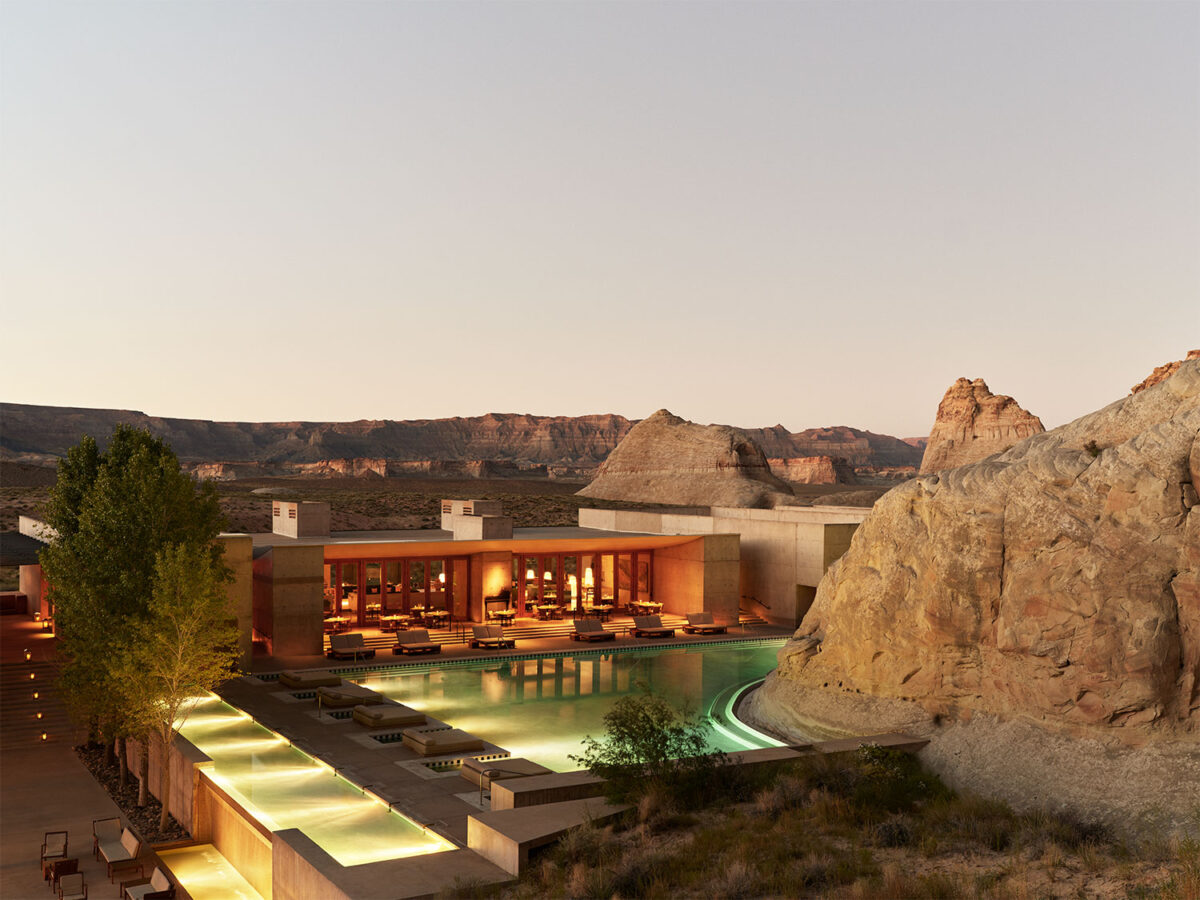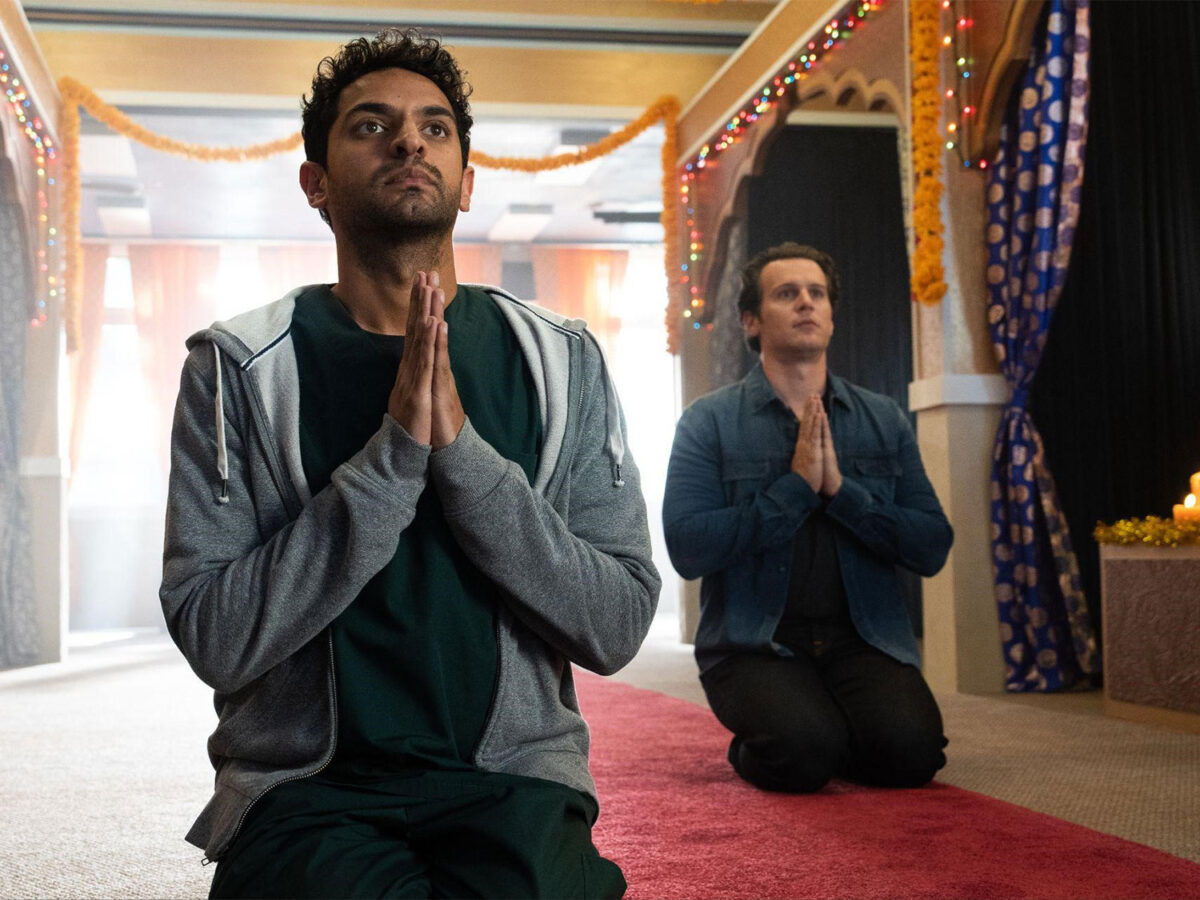Land of Color, Culture and History
A visit to Oaxaca, Mexico, a UNESCO World Heritage Site, anytime from October to May is ideal. The temperature is always pleasant and the rains are yet to come. But if I had a preference, it would be in early November. For the adventurous, the Day of the Dead (Nov. 1-2), combining pagan and Catholic rituals, is exciting, vibrant and full of activity. For me, the perfect time is always the day after the day after the Day of the Dead. The chaos, noise and mayhem have calmed, leaving the colors, statues and joy behind. Already one of the most brilliantly glowing cities in Mexico, a country full of color and beauty, Oaxaca is bathed in the bright primary colors of its buildings and the intense ornamentation of its many churches. A very approachable city, ideally you should reserve at least four days for your visit. Besides the city itself, not-to-miss sights are Monte Albán and, time permitting, Mitla, both important archaeological sites and UNESCO World Heritage Sites, full of Zapotec and Mixtec history.
Historically, the rugged topography of the Oaxaca region was both a curse and a blessing. The curse was in the difficulty of growing crops, but its blessing was its isolation and mineral and gemstone-rich land. The two primary Indigenous cultures, Mixtec and Zapotec, were in constant conflict, with the Mixtecs predominating until the arrival of the Aztecs in the 15th century. Their dominance was short-lived, however. Misjudging conquistador Hernán Cortés for a god, the Aztecs almost immediately lost their stronghold and influence to the Spaniards. It was an ideal location for the conquerors to set up headquarters as they stripped the region of its gold, silver and jade. It is rare to find so much history, Indigenous culture, art and craft in one location.
Hotels of every level of luxury and sophistication are found throughout the city center. We chose the historic Quinta Real, a stone’s throw from the famous Templo de Santo Domingo and one of the many blocks with long open-air markets selling everything from jewelry to gelato. Like so much of Oaxaca, the Quinta Real is tied to the conquest by the Spanish and its post-colonial history. Originally built as the Convent of Santa Catalina de Siena by Benedictine monks, it was inhabited by Dominican nuns. Steep stone steps lead to the rooms on the upper levels, all built around courtyards, as are most buildings and houses in the area. Many of the 16th-century paintings originally belonging to the Dominican order still hang on the walls. But as tied into the religious history of the city, it is even more connected to its political profile. The Revolution of 1859 by local hero Benito Juárez changed everything, at least for a time. Juárez, the first elected Zapotec president, nationalized the church and seized its many properties, including the convent, turning it first into government offices and then a jail. Later it was a school, a warehouse and eventually a luxury hotel. The old chapel was even used as a movie theater. Yes there are more modern accommodations with greater degrees of luxury, but there is nothing to compare with the history and flower gardens that make up the Quinta Real. That, and the grasshopper omelet they serve at breakfast.
Walking to the Templo de Santo Domingo, we were immediately immersed in the design and meaning of Baroque architecture. Almost Gothic on the outside, it has two tiled bell towers and a central fascia of tablets depicting lives of the saints with a few conquistadors and contemporaneous citizens thrown in for good measure. But it is the lavish interior that brings the definition of Baroque clearly into focus. Excessive decoration leaving no tile unturned, the Templo has a lavish gold-leafed nave with an arched ceiling of saint portraits encased in ornate gold frames, accented by arched lapis blue ceiling tiles. Each column is bejeweled with statues of saints, some known, mostly not. There is even an elaborate “Tree of Life” with various “sainted” Spanish knights occupying the branches. This is the architectural style for which more is never enough, and an empty inch is a design flaw. Dazzling when entered, it only expands in extravagance.
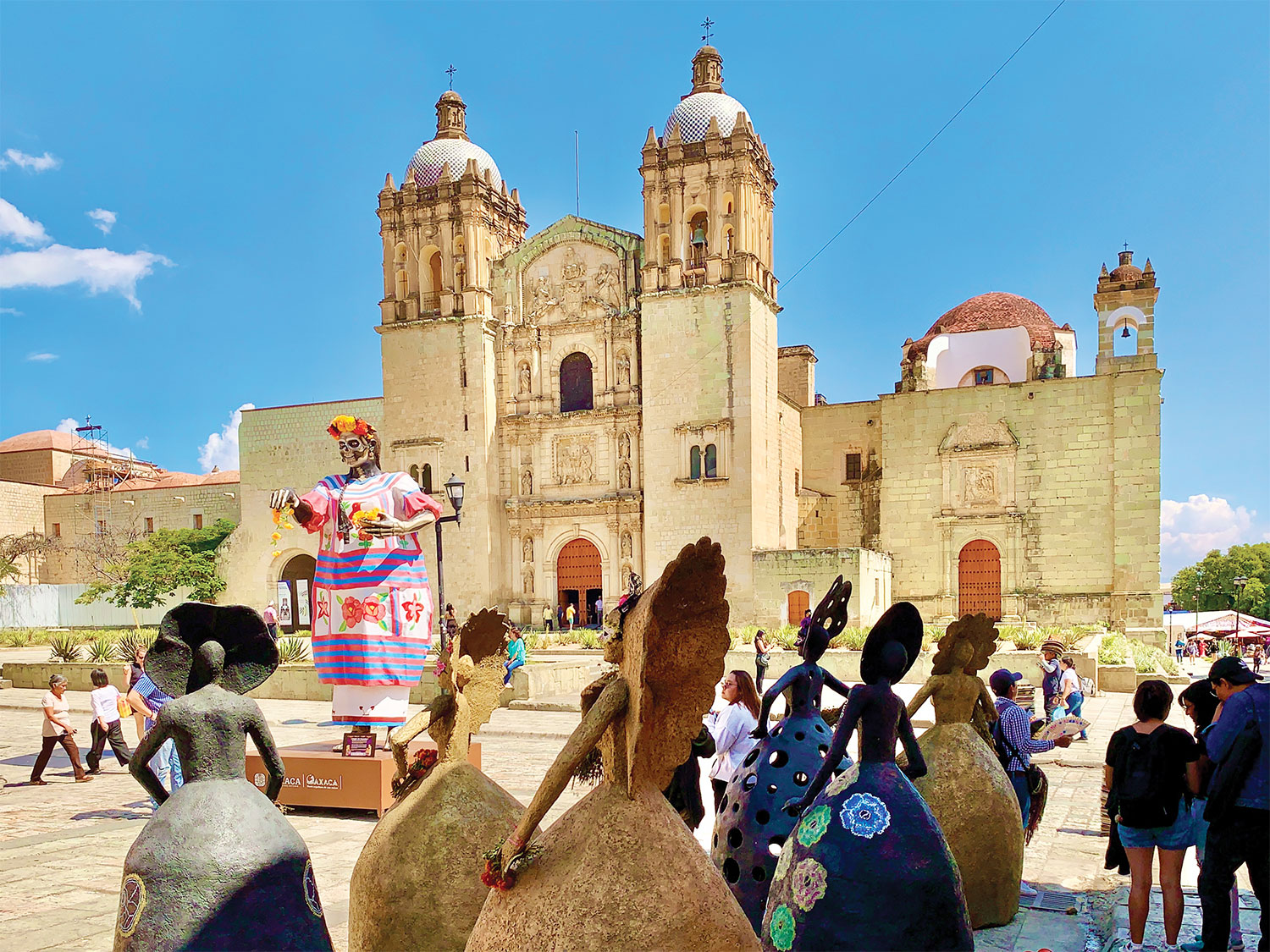
Photo by larry swanson
Combining the sacred with the irreverent, symbols and statues of the “dead” surround the grounds of the church where vendors hawk their miniature skeletons and totemic animals. Oaxaca is a city of contrasts, historical and artistic. It is home to many churches and a cathedral, many adjacent to one another. But it is also the birthplace of Benito Juárez, who, schooled originally in a seminary to enter the priesthood, became the first democratically elected Indigenous (Zapotec) president of Mexico who established, at least for a time, a clear boundary between church and state, something the conservative party and the church were determined to recoup. Oaxaca is also home to Juárez’s acolyte and later bitter rival, Porfirio Díaz, who replaced the democracy of Juárez with his own autocratic rule, a rule that spurred the Mexican Revolution of Emiliano Zapata and Pancho Villa. In so many ways, Oaxaca is the center of everything.
Parallel to the political history is the art history of the region. Rufino Tamayo, a contemporary of the muralists Rivera, Orozco and Siqueiros, was a modernist painter, born in Oaxaca of Zapotec origin. A Mexico City resident in adulthood, he returned to Oaxaca to build an art museum that featured his personal collection of pre-Columbian art. Choosing different colors for each room, highlighting a different era of the archaeological history of Mexico, the shades bring out nuance in the pieces that might otherwise blend into a beige or gray background. In its own approachable way, the relatively few, colorful rooms contain artifacts of the highest quality, rivaling the much larger and more famous National Museum of Anthropology in Mexico City. The Rufino Tamayo Museum of Pre-Hispanic Art is must-see.
The artistic thread continued when Tamayo mentored his protégé Francisco Toledo, a Zapotec artist whose influence in Oaxaca may be even greater. Already an internationally recognized artist at the age of 19, he studied and worked in Paris and New York but returned to his home state where his commitment was immediately felt.
Our first stop was Toledo’s Art Library and school (Instituto de Artes Gráficas de Oaxaca – IAGO). Built around a bougainvillea-shaded patio, rooms of art-related books, most from Toledo’s personal collection, form the body of a cultural center that includes the Manuel Álvarez Bravo Photography Center and the Eduardo Mata Music Library, all part of the art school he founded. Artwork is hung everywhere, but it was the Day of the Dead altar set up at the exit celebrating Toledo, who died in 2019, that resonated the most. Orange and red streamers hung near his portrait, with candles and celebratory bread loaves, decorated with skulls lining the shelves below his picture. We were in the perfect mood to walk some more along the avenues populated with giant skeletons in party dresses under multicolored flags that created an umbrella over the temporary “Dead” sculptures. Many of the buildings, all painted in various hues, sported skulls or ceramic animal heads. Walking toward the Zócalo, the large courtyard in the city center, we passed the Catedral Metropolitana, Oaxaca’s only consecrated cathedral, flanked by giant, Rodinesque sculptures of downtrodden men and women carrying the load of the world. Created by Oaxacan artist Alberto Aragon Reyes, “Procession: Time of Giants” is striking in its use of metal. The poverty it portrays is, to a certain extent, an honor to the cathedral behind it, a more modest structure than many of the other churches.
A return to the hotel meant a return to the bar and one of the excellent mezcal-laced cocktails. Tequila, in all its permutations, may be the national liquor of Mexico, but mezcal has a distinct smoky taste and is a specialty of the Oaxaca region. A cocktail is always a great beginning to one of Oaxaca’s renowned restaurants. Now a foodie paradise, Oaxaca boasts many starred restaurants, all with a distinct Mexican flavor, highlighted by molé. Fear not. Molé, a sauce made from dried chiles and any combination of various ingredients, but always chocolate, is definitely not the black, gelatinous glop so often passed off as a Oaxacan specialty. Mole comes in many flavors and colors and can range from delicate to strong, depending on the amount of spice and chocolate. Not being a fan, it took a lot to convince me to try, but after my first taste of red mole (coloradito), followed by green and then pink, I was a fan. The delicacy of the sauce enhances the flavor of the meat and does not overpower.
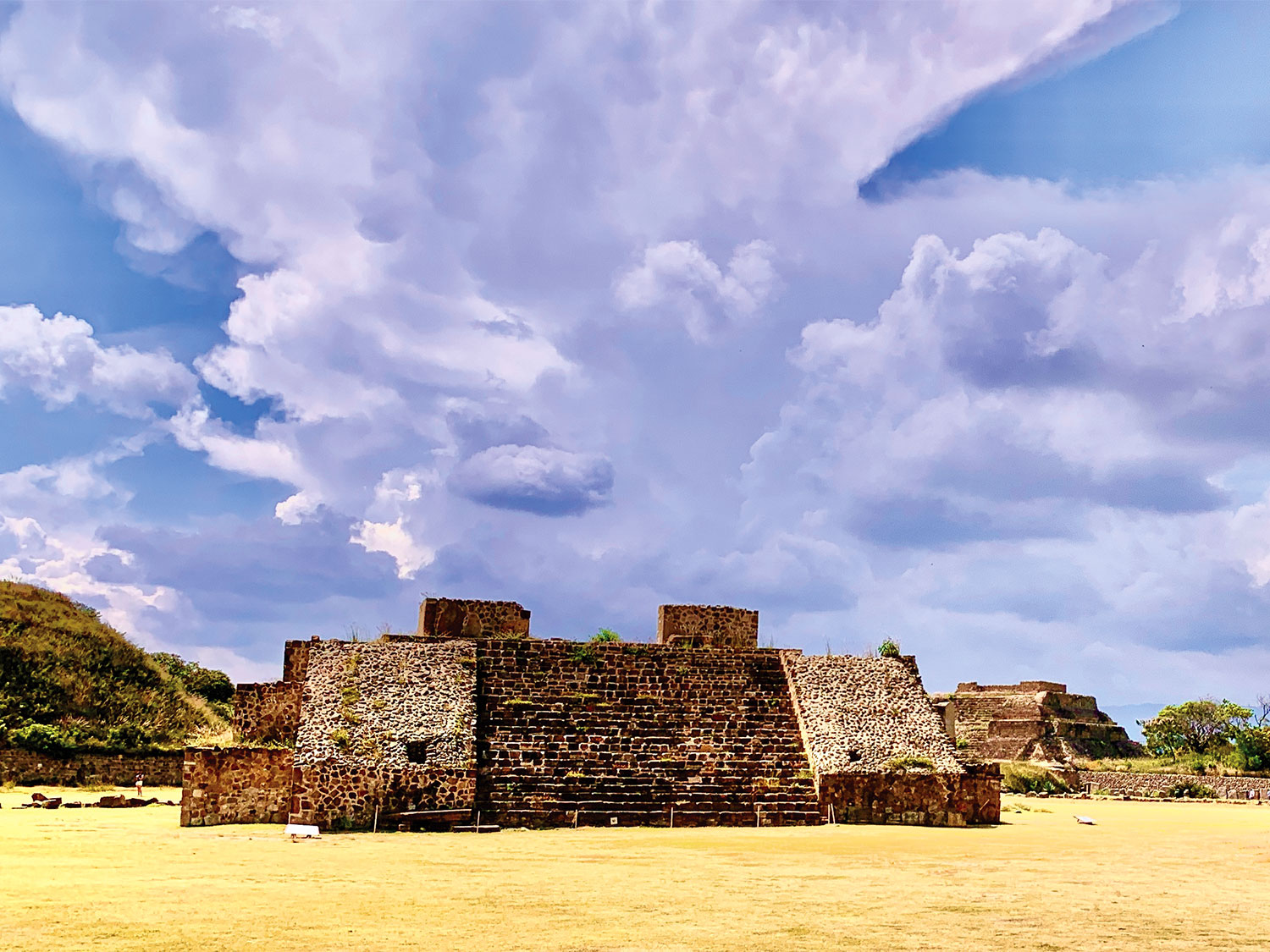
Monte Albán is a must-see, regardless of the time allotted for a visit to the region. A UNESCO World Heritage Site, this pre-Columbian archaeological site is not quite an hour outside the city center. Monte Albán was the preeminent Zapotec city for almost a thousand years, founded around 500 B.C. and totally abandoned in 800 A.D. Situated on top of a plateau in the mountains above the valley floor, its elevated location provided an ideal view of invading armies. Terraces of varying levels were designated for the important religious and political leaders, with the workers, tradesmen and farmers living on the lower levels. Although rediscovered in the late 19th century, it remained almost untouched, covered with vegetation, until large-scale excavation began in 1931. A main plaza occupies the center where religious rituals were held. Temples surrounded the plaza where many stone monuments are found (Las Danzantes) depicting the brutal fate of captured soldiers. Large, monumental stairways, like those found in Teotihuacan outside Mexico City, lead to platforms, possibly sacrificial. The remains of white “plaster” can still be seen on some of the buildings. There is, of course, a ballcourt, one of two thought to have occupied the edge of the plaza. It was a game played with life-and-death consequences. Some artifacts can be found in the adjacent museum, next to the gift store selling hats (you’ll need one); but most of the artifacts discovered during the original excavations can be seen in the wonderful Museum of Oaxacan Cultures next to the Church of Santo Domingo, another must-see (but more on that later).
While not a must-do when on a limited schedule, Mitla, the other archaeological site outside Oaxaca City, offers a look into the architecture and design of the Zapotec culture, still thriving when the Spanish invaded. Inhabited around the turn of the first millennium, Mitla was a thriving city of Mixtec and Zapotec population in an area that supported more than 500,000. Much of the site was devoted to the dead, believed to be a burial site for the rich and ennobled. The construction was very sophisticated, using blocks that fit together seamlessly like those built by the Incas in Peru. Adorned with carvings along the building cornices, creating a crown molding whose decoration was often enhanced by fresco-like painting and fretwork on the walls, these funerary properties were built around courtyards, not unlike the modern architecture of Oaxaca. Smaller and more manageable than Monte Albán, a trip to Mitla can easily be combined with a trip to Santa Maria del Tule to visit the massive 1500-year-old Tule Tree. Its size and scope make it one of the wonders of the world. At 130 feet tall and 145 feet in circumference, it defies logic.
Many tourist agencies encourage trips to the outskirts to visit San Bartolo Coyotepec, famous for its black pottery, made here for hundreds of years. The town of San Martín Tilcajete is famous for alebrijes, those animal figurines made from copal wood, hand painted with natural dyes and decorated in dots, stripes and geometric shapes, often sprouting spines of thin wood. Heresy, perhaps, but unless you are determined to see how these crafts are made, your time is better spent in Oaxaca City Center where literally hundreds of shops feature these arts. Be judicious, look carefully at the art, compare the products of the innumerable shops and then fill your luggage with your treasures.
The Centro de Artes de San Agustin (CaSa), not far from the city, is an art complex started and funded by Francisco Toledo on the grounds of a huge, converted textile factory. Part art gallery, there was a fantastic comprehensive exhibit of Toledo’s art on view at the time, part workshop and part art school, it is worth the short trip to experience the campus that also includes a paper factory, again, started by Toledo.
Another must-see in the city center is the Museum of Oaxacan Cultures, located in the former convent attached to the Templo de Santo Domingo. An incredible museum, built around a courtyard surrounded by columns and arched walkways, it is almost encyclopedic in its holdings. Many of the artifacts discovered at both Mitla and Monte Albán found their way into these collections. Intricate jewelry in gold and jade is found next to ritualistic carvings and ceramics of the skulls of men and animals. The library of Francisco Burgoa, also part of the complex, contains over 30,000 works, including incunabula, bibles in Latin, Greek, Syriac and Hebrew, as well as 16th-century books printed in Mexico. A bronze death mask of Juárez is prominently displayed. It is here, on the grounds outside, that Francisco Toledo presented another gift to his hometown, creating the Ethnobotanical Garden on land behind the Templo de Santo Domingo. It highlights the many plant species used by the Indigenous population for cultural rituals, food and medicine. It is also because of Toledo-led protests that the garden was created when the government was trying to use the space for a parking lot.
This just scratches the surface of a marvelous city. So much can be discovered on your own including the Mercado Benito Juárez and its endless booths of food, spices, clothes and decorations. There’s so much more to explore from the many other museums, world-class restaurants and village markets. But that’s for my next trip, and there will be one.



